The worlds of ecommerce and digital marketing are ever-changing and ever-growing, and this includes social media.
Each year, new trends and developments emerge. And you have to stay on top of things if you want to optimize the effectiveness of your social media marketing, which does more than just increase engagement and awareness of your products and business. Social media marketing also enables more purchases (social commerce).
An online trends report revealed that 55% of participants who found a product via social media went on to buy that product immediately or later on. Facebook tended to be the primary social media platform on which people discovered products, followed by Instagram and Pinterest (tied) and then Twitter and Snapchat.
Check out the charts below:
So, basically, social media marketing can be a significant sales-driver, and of the popular social platforms, more people discover products on Facebook than anywhere else although Facebook is less popular, overall, this year than it was four years ago.
But that’s not all…
Below, I share more updates and trends happening in social media this year so you can drive more traffic to your stores and sell more of your products.
When you’re just getting started with LHS, you don’t really need to worry about social media and can just focus on getting started in the program. But once you’re ready to scale up and expand your sales platforms and visibility, social media is a great way to extend your reach and drive more sales.
That said, let’s dive in…
Shoppers use social media for product research.
Another interesting tidbit is the majority of shoppers (84%) say they do research on at least one social media site before making a purchase. So, in addition to promoting your business and products via social media, you should stay on top of any brand mentions popping up.
Doing so helps you to address any questions or concerns or clear up any misunderstandings quickly and efficiently. If shoppers are doing research on social media about your business, you want to make sure there’s useful, accurate information available.
Keeping track of brand mentions also lets you offer your thanks to any positive shoutouts. And if anything negative is said, you can address the matter in a respectful, helpful way and hopefully come to a satisfactory resolution. This way, even if the situation started out negatively, other shoppers can see the great customer service you provided.
One of the easiest ways to monitor your brand mentions is to set up Google alerts for relevant search terms, such as your business’ name. Here’s how to do that:
Inexpensive products sell better on social media.
More often than not, people visit social media sites to look at interesting content and engage with friends and followers, not necessarily to make big purchases (although that can sometimes be the byproduct and people do use social media for product research).
People generally need more time to consider making a high-cost purchase than a low-cost purchase.
Low-cost items can be purchased as impulse buys without people needing to worry about breaking the bank or buyer’s remorse as much. So people are much more likely to convert on a product they discover on social media if it’s being sold at a low price point.
Below, Big Commerce shares a chart showing the average order value of referrals by social media site:
As you can see, the highest AOV is $66.75. This is pretty perfect for most Low Hanging System products, which usually aren’t priced more than $40.
Video content appeals to shoppers.
Many people really like video content, and certain social media platforms, including Facebook, Instagram, and YouTube, do too. Facebook even made it so that video content appears more often in people’s feeds.
But more than just enjoying videos, people also look to videos when it comes to buying products. As you can see from the chart below…
- Most people have, at some point, made a purchase after watching a video.
- Most people said it’s important to them that information is shared about products through video.
- Most people said they’ve engaged with a brand after seeing a video about it on social media.
- Most millennials (age 18-34) find video content to be more engaging than other types.
- Most millennials like it when videos include a specific call-to-action.
As a member of LHS, there are a number of ways you can use video on social media. Last year, I wrote a post about 10 types of videos you can create to promote your bestselling products. The types include…
- unboxing
- interview
- photo montage (slideshow)
- tips, teaching, or news-related
- live webcast
- get-to-know-you
- testimonial
- giveaway
- announcement
- demonstration
All of these video types can be posted on social media. Just always be sure to include a unique call-to-action for customers.
Here are a couple of other pro tips about creating promotional videos:
- Keep your videos concise and include captions – Many people watch videos on the go or with the sound turned off.
- Make your videos vertical – Again, many people watch videos on their phones while they’re on the go, and a vertical video format is easier to view on a mobile device.
Shoppers also like Instagram Stories.
Instagram is a popular social media platform among both consumers and businesses, and people love the Stories feature.
According to Statista.com, 500 million people around the world view Instagram Stories every day, and one-third of the most viewed Instagram Stories are created by businesses.
Also, a Forbes article notes, “A Facebook study found that roughly 1 out of 3 Instagram users claim to have become more interested in a brand or product after seeing it spotlighted on Stories.”
So how can you use Instagram Stories with the Low Hanging System?
- Use the type or poll feature to engage with your audience, start conversations, and encourage people to contact you.
- Post images or videos of your products from different angles and include links to where shoppers can purchase them.
- Tease new products you plan on launching by including this hashtag: #NewProduct.
- Post video testimonials or screenshots of interactions with happy customers (just be sure to black out any names unless you get written permission ahead of time to include them).
- Tag products from your ecommerce store by adding shoppable stickers, which let people view things like the name of your product, its price, description, and a link to your website.
- Since Stories last for only 24 hours, you can promote flash sales or limited-time offers.
There are a lot of really good things you can do with Instagram Stories, such as adding location tags, quizzes, countdowns, stickers, music, and other special effects.
To learn more about the funky things you can do with your Instagram Stories, click here.
Employees make the best influencers.
Influencer marketing used to be really popular, and to an extent, it still is. But social media has become saturated with influencers, many of which fake their partnerships so they can increase their base.
SproutSocial reports that “time and money will be spent on influencer marketing in 2019, but not in the way you think. A chunk of it will go into deeply researching accounts and double checking that the brand partnerships they’ve posted are actually real.”
As a result, “employee advocacy” is on the rise. Of course, not everyone has employees or people they work with who they can encourage to talk about their business and spread brand and product awareness.
If you do work with someone else, including virtual assistants or graphic design outsourcers, politely encourage them to post about your business every once in a while on social media, including a link to your shop.
Here’s a screenshot from a fantastic piece of employee advocacy I was fortunate enough to receive about one of my businesses:
Interactive quizzes are trending.
BuzzSumo data reveals that, on average, a quiz gets shared close to 2K times, which means quizzes have a lot of potential to reach large-scale audiences and generate significant traffic for your stores.
Quizzes allow people to participate and interact with your business as opposed to being posted at all the time. Quizzes are also a great way to see how people feel about your business, including how they think you can improve or what they wished you were doing differently. This type of feedback can be extremely helpful, pointing out pain points and making sure your business flows smoothly.
DisruptiveAdvertising discusses four basic types of quizzes you can create:
A personality quiz probably won’t make much sense for the Low Hanging System, but versions of the other three types are doable. Also, you don’t have to follow exactly what DisruptiveAdvertising suggests. For example…
Educational quiz
You might ask people a series of true or false questions to acquaint them with the benefits of your products, such as…
All of our products are made in the USA.
Our mugs are dishwasher- and microwave-safe.
Shopping quiz
You might show people 2-3 of your products and ask them to choose which one they like best.
Knowledge quiz
If you create designs pertaining to a specific niche, such as pit bulls, you might ask people a series of questions related to that topic, especially since you know they must be interested if they’re taking your quiz.
Here are a few additional tips about creating quizzes for social media:
- Your quiz needs to have a purpose. For example, what information do you want to collect, how are you going to use that information, what do you want people to do after taking the quiz, how does taking the quiz benefit your audience?
- Both the length of your quiz and the length of your quiz’s questions should be concise and simple.
- Don’t be overly sales-y. Your quiz’s primary goal is to engage. You can include a link to your store but save the hard-selling for later.
Transparency is important.
People, especially millennial consumers, want brands to be transparent. There are so many competing brands out there, and transparency can help you stand out and build trust with your audience.
The chart below presents the topics brands can discuss on social media to demonstrate transparency as well as the topics shoppers most want brands to be transparent about.
Check it out:
As a member of LHS, you can apply this information by posting about the following:
- If a significant mistake or issue happens, such as slower-than-usual delivery times, be candid and own up to it.
- If any changes occur to your products, such as items being out of stock or becoming available again, share about it.
- You can post about your company values.
- If customers post questions or concerns, answer honestly. Similarly, if questions or concerns come up repeatedly, post in a FAQ format, for example…
- You can share pricing information.
- You can share delivery time information.
- You can post about your bestselling products.
- You can talk about where and how your products are made.
- You can post about how you come up with design ideas.
Anything that provides greater insight into your products and who you are as a business can make you more transparent and trustworthy in your customers’ eyes.
Key takeaways and action steps:
- Facebook usage has declined somewhat, but it’s still a significant source of product discovery, as are Instagram and Pinterest.
- Keep track of brand mentions to respond to questions and concerns and provide accurate information about your business.
- You’re more likely to make sales with low-cost products on social media than big-ticket items.
- Create concise and engaging videos about your products and business and be sure to include a specific call-to-action.
- Leverage Instagram Stories to promote your business and products and any sales you run, including a link to your store.
- If you work with outsourcers or anyone else, ask them to post about your business and products on social media.
- Post quizzes to engage with your audience and gain useful feedback about what you’re doing right and how you can improve.
- Be open and honest about your products and business practices, even when it means admitting mistakes.
Again, if you’re new to LHS, you don’t need to worry about social media marketing. But if you’re looking to expand or grow your business, social media marketing can be a powerful means of expanding brand awareness, driving traffic to your store, and increasing your sales.
Which social media trend are you going to try first? Leave a comment below and share your thoughts and insights. And if you liked this post, please share it with your friends!


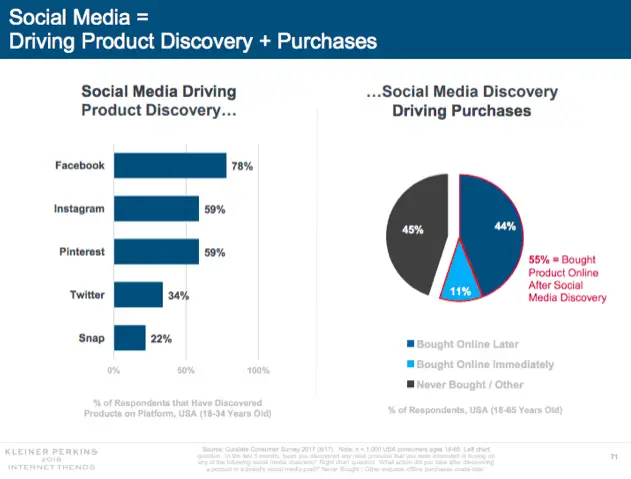

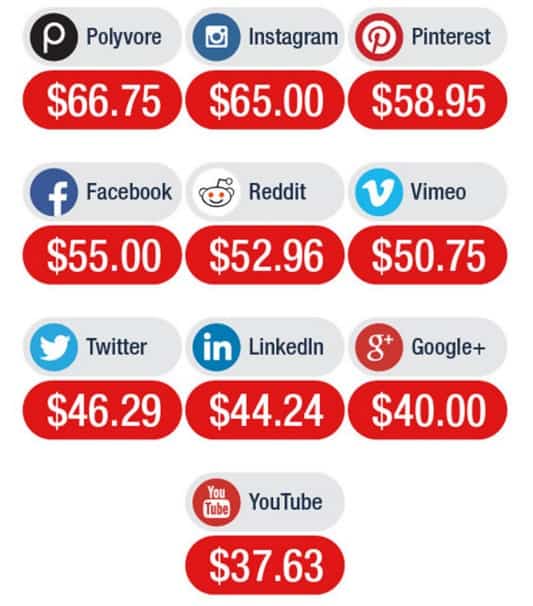
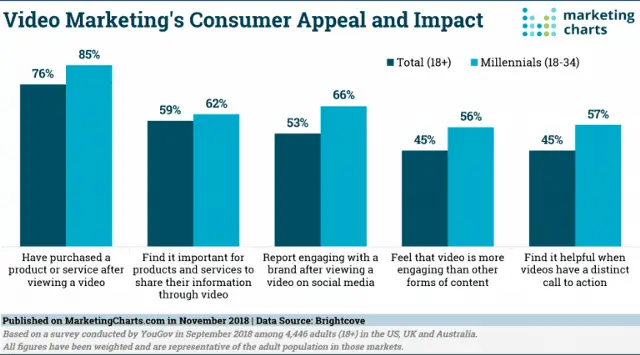

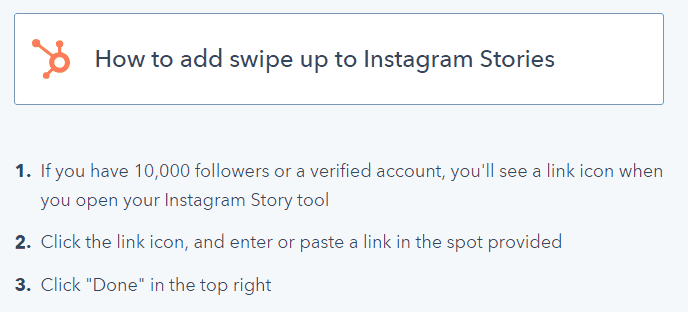
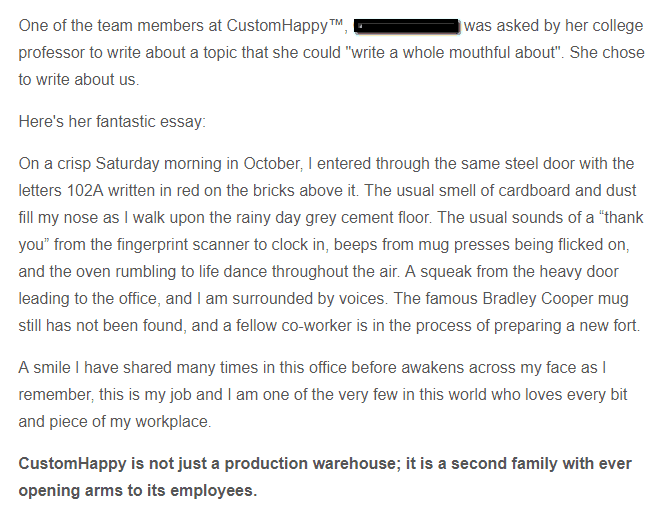

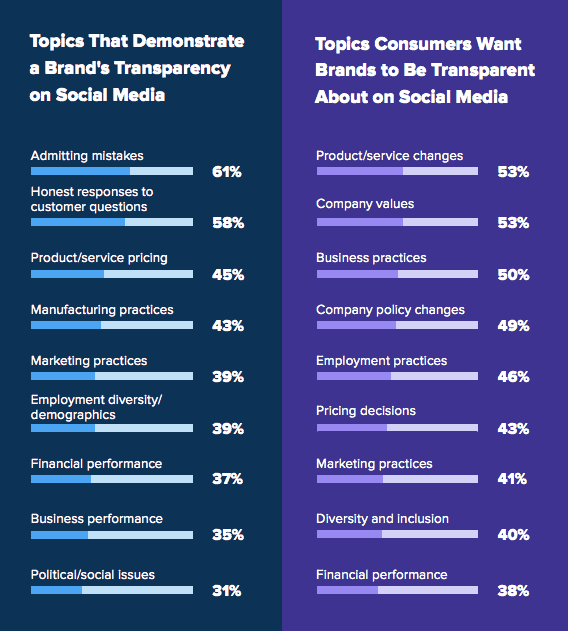
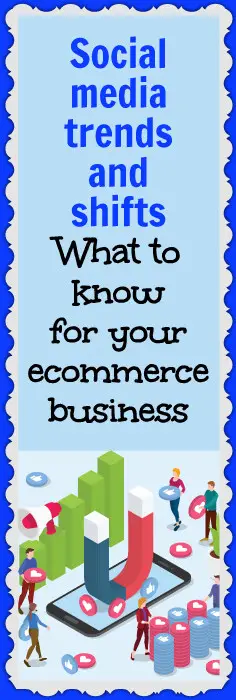
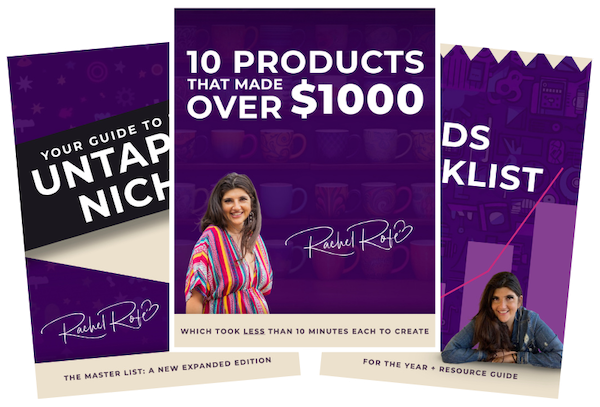


0 thoughts on “Social media trends and shifts – What to know for your ecommerce business”
When I look back to these articles, It makes me feel the changes in the social media world. You guys are just awesome.
I use facebook ads for big ticket and affiliate products but will now re-tool my skills for LHS, small ticket items. Thanks for the article, very informative.